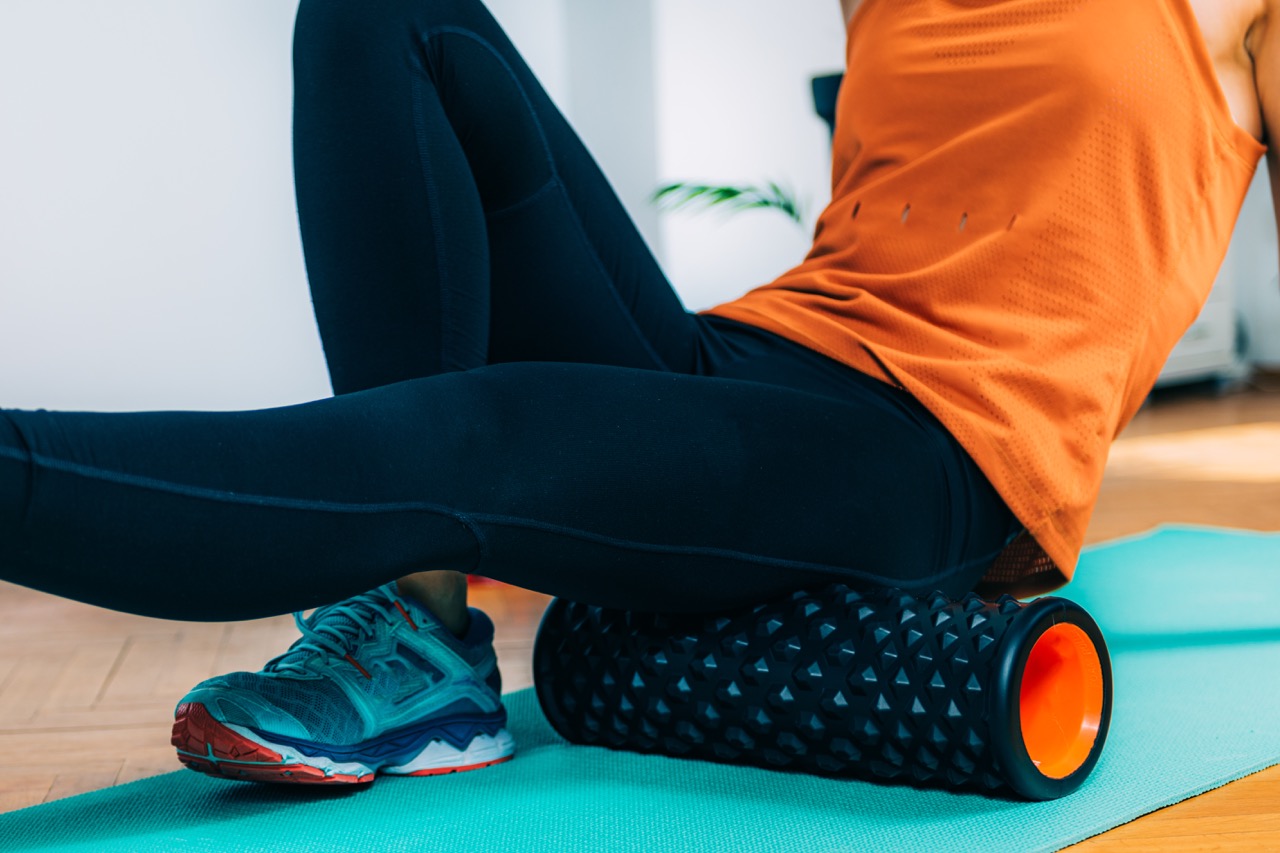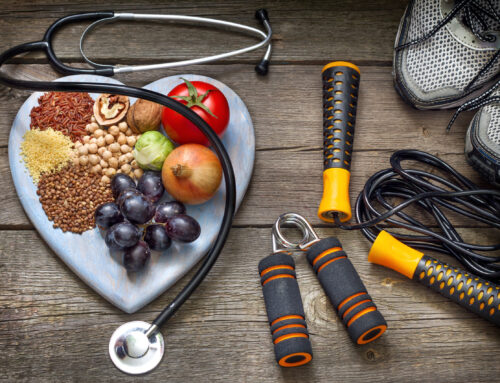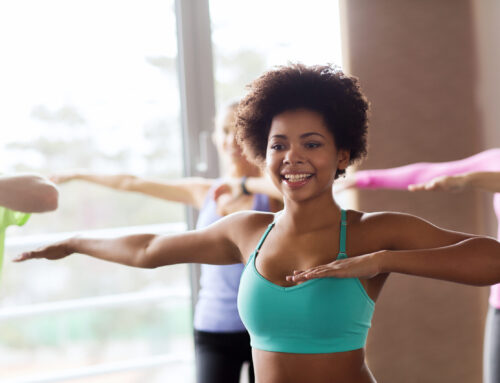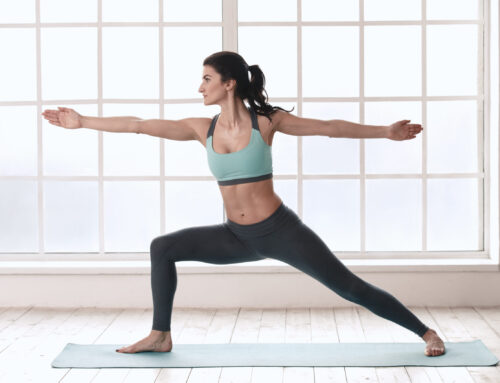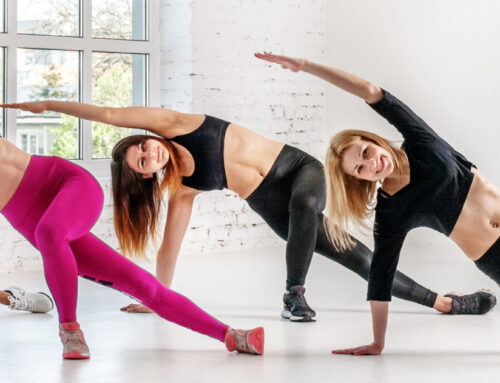It’s no secret that stretching and foam rolling is important for exercise recovery. But what many people don’t know is that these activities can benefit different types of workouts differently.
The Importance of a Good Stretch
If you neglect to properly stretch before or after exercise, you may be at risk for injuries. Muscles that are not properly stretched are more susceptible to strains and tears. Additionally, tight muscles can lead to joint pain and restrict range of motion. So, it’s very important to make sure that you’re stretching regularly, both before and after exercise. If you’re not sure how to stretch properly, there are plenty of resources available online or from a certified personal trainer. Neglecting to stretch can also lead to poor recovery from workouts, so be sure to make stretching a priority in your workout routine!
Dynamic vs Static Stretching
Did you know there are different types of stretching? There’s more to it than just reaching for your toes. Total Health and Fitness shares some insight on the importance of stretching below.
Dynamic Stretching
This type of stretching is intended to help improve overall agility and performance by actively tightening muscles and exploring full range of joint motion. Dynamic stretching can be done both pre- and post-workout for optimal results, and they’ll vary depending on the results you’re working toward with your trainer.
Examples of Dynamic Stretches
While your specific stretches will be chosen by your trainer, some common examples include:
- Torso Twists: Rotate the body in a twisting motion left and right, swinging the arms with the torso.
- Walking Lunges: Alternate stepping forward with one leg at a time, and stepping back to the starting position.
- Leg Swings: Lean to one side and swing one leg forward and backward, hinging at the hip.
Static Stretching
Static stretching is great for post-workout relaxation and restoring muscles to their pre-exercise length. You can accomplish this recovery goal by holding a comfortable stretch for up to a minute and repeating it a couple of times during the cool-down.
Examples of Static Stretches
Again, your specific stretches may be outlined by your trainer, but some common examples include:
- Hamstring Stretch: Put your heel on the ground or an elevated surface and flex your foot to point your toes toward the sky. Hinge at the hip and bend over your extended leg to get a static stretch in the hamstrings (behind the thigh).
- Quadricep Stretch: Bend your knee and hold your foot behind your glutes, with your knee still parallel to your standing leg. Hold for a stretch to the quads (front of thigh).
- Shoulder Stretch: Drape one arm across your chest and hold it in place with your other hand. You’ll feel a stretch in the deltoids (back of the shoulder).
Foam rolling
Using a foam roller is perfect for relieving tension in the fascia, ligaments, tendons, and muscles. Think of it as a form of self-massage that is used for exercise recovery. Regular rolling can relieve muscle tension, break up knots, and increase blood flow to the muscles. It is often used on the legs, back, and arms. Foam rolling is a great way to help the body recover from exercise and prevent injuries.
How to Use a Foam Roller
Start by lying on the floor with the foam roller underneath the body. Slowly roll back and forth over the foam roller, stopping on any areas that feel tight or painful. Spend extra time rolling on these areas until the pain subsides. Foam rolling can be done before or after workouts, but it is especially beneficial after workouts when the muscles are tired and need some extra attention.
You can also use it for static recovery positions by laying a roller under the length of your spine and holding the supine position. Your arms and legs should splay comfortably at your sides, allowing the roller to help improve posture by opening up the front of your body. You can also position a roller underneath the glutes (with either end of the roller behind your hips) with your knees bent and feet propped on the floor.
Lacrosse Balls as Foam Rollers
Lacrosse balls are a great alternative to foam rollers. They are small and compact, so they are easy to travel with. Lacrosse balls can be used to target specific areas of the body that need extra attention, like the bottoms of the feet, the glutes, or the hips.
To learn more about the type of exercise and recovery program you should implement to meet your goals, contact Total Health and Fitness today.
